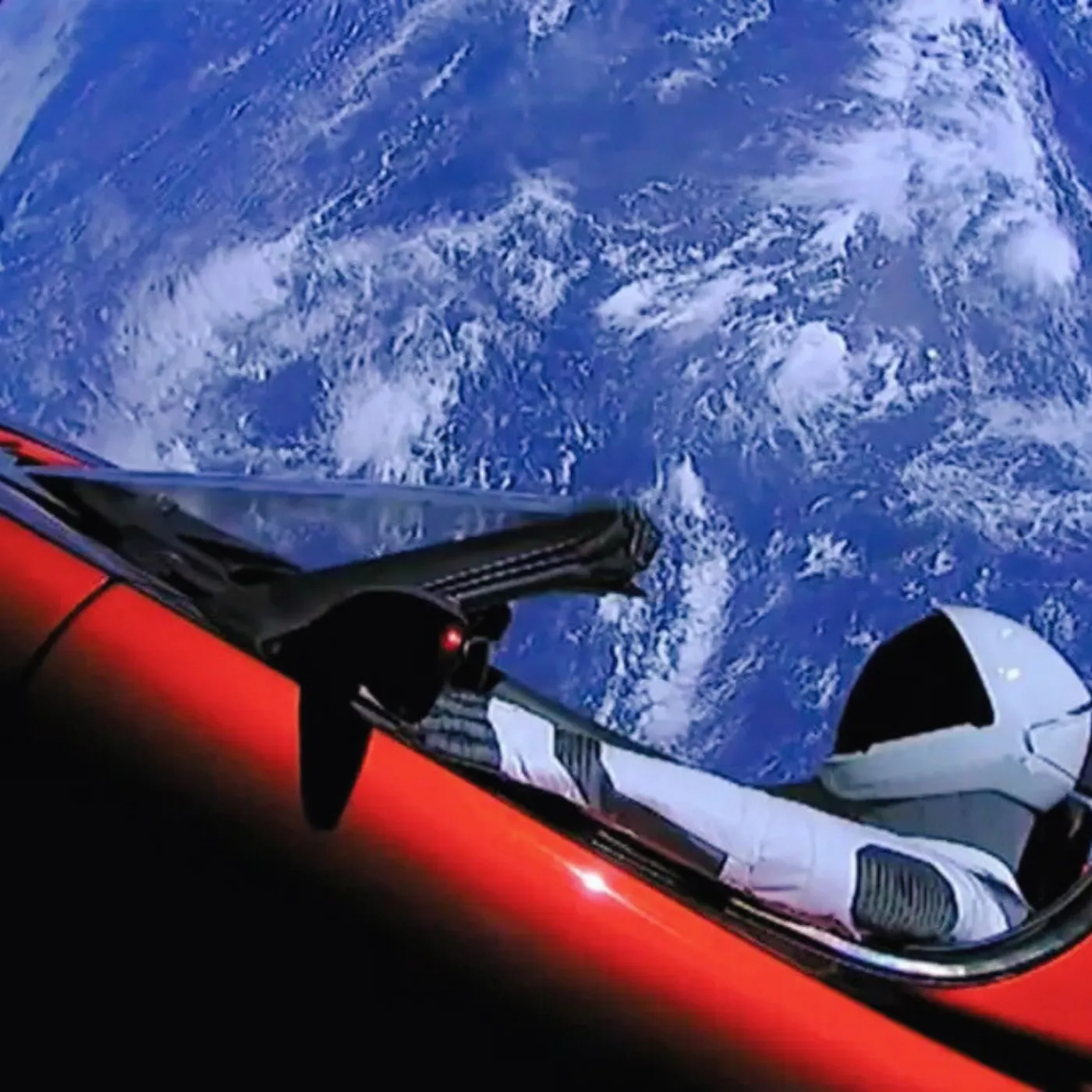

Tesla’s Optimus Robot Walks Outside This Is the Breakthrough or Just Another Stunt
Tesla’s Optimus robot is walking autonomously outside, a milestone that could change the future of robotics. But does this mark the beginning of a new era, or is it simply the latest in a series of robot breakthroughs that have yet to reach their full potential?
Tesla’s Optimus Robot Reaches Milestone with Autonomous Outdoor Walk
Tesla has recently released an exciting new video showcasing the Optimus humanoid robot walking autonomously outside, marking a significant milestone in the development of this cutting-edge technology. Fans are celebrating the achievement, but this progress also evokes a sense of déjà vu—bringing to mind similar feats from over eight years ago by Boston Dynamics. As Tesla continues to push the envelope with Optimus, this video serves as a reminder of just how far robotics has come and yet how far it still has to go.
Elon Musk’s Bold Vision for Optimus: Trillions in Opportunity
Elon Musk has long touted the Optimus robot as a potential multi-trillion-dollar opportunity for Tesla. The CEO believes that in the near future, Tesla will be able to produce tens of millions of Optimus robots per year. As the company has already integrated some robots into its factories, Musk has suggested that they could start selling the robots to customers as soon as next year. With a potential price point ranging from $25,000 to $30,000 per robot, Tesla’s plans for mass production are clear.

However, doubts still linger about the true capabilities of Optimus. Critics point to the lack of transparency at Tesla’s recent “We, Robot” event, where it was revealed that some of the robots were remotely operated. Despite these concerns, Tesla has continued to release frequent updates, including showcasing an impressive new hand for the robot.
Optimus: A Blind Robot with Remarkable Balance
In the newly released video, Milan Kovac, Tesla’s head of Optimus, revealed a surprising detail about the robot’s walking abilities. Kovac explained that the runs were conducted on mulched ground, a surface known to cause slips. What’s even more remarkable is that Optimus managed to maintain its balance without vision, relying solely on its onboard sensors and an advanced neural net to process data in mere milliseconds. This feat highlights the sophistication of Optimus’ systems and its ability to navigate complex environments.
Tesla’s Progress Compared to Boston Dynamics

While Tesla’s Optimus has made significant strides, the video draws comparisons to a similar one posted by Boston Dynamics over eight years ago. This raises the question: has Tesla truly revolutionized humanoid robots, or are they simply catching up? The video serves as a perspective check—though Tesla is making progress, Boston Dynamics’ robots have been ahead of the curve for years.
Tesla vs. Boston Dynamics: Who Will Win the Robot Race?
Some commentators believe that Tesla’s approach to mass-producing robots gives it a distinct advantage over Boston Dynamics, which has focused more on non-commercial, research-driven projects. Boston Dynamics was first to build impressive robots capable of remarkable feats like backflips, but Tesla is positioning Optimus as a product ready for commercial success. Will Tesla’s scalable production model outpace Boston Dynamics’ innovation in the long run? Only time will tell.
Tesla’s Vision: Harnessing AI for Practical Applications
One of Tesla’s key advantages is its existing expertise in AI and battery technology, which it plans to leverage for Optimus. As AI continues to improve, the potential for humanoid robots to perform useful tasks becomes more viable. Tesla’s ability to scale production efficiently, thanks to its established infrastructure, positions the company to capitalize on the robot market in a way that competitors might struggle to match.


















